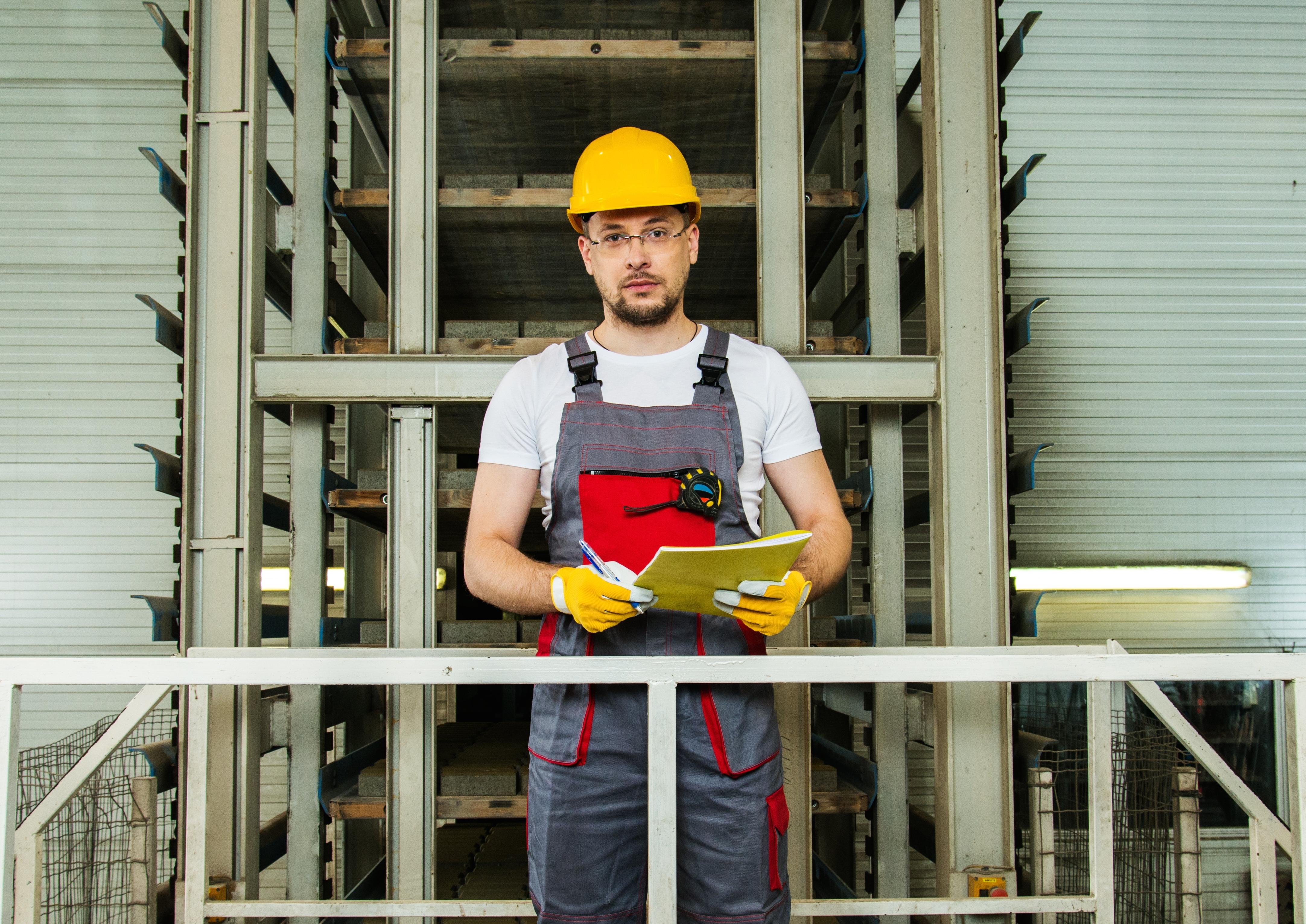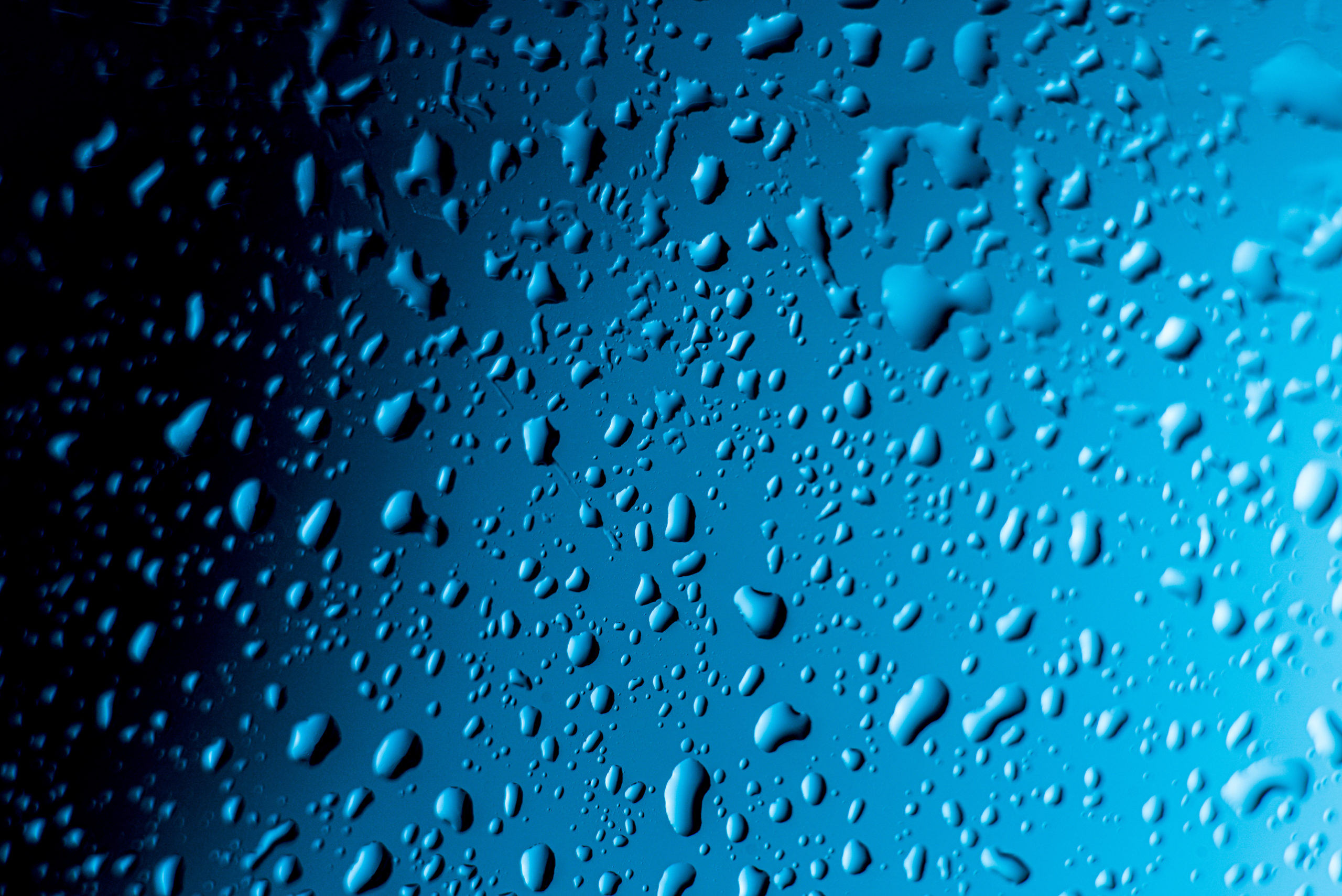Compressed Breathing Air Testing
Our AirCheck✓™ Team of Experts is only a few clicks away. For over 30 years, Trace Analytics has been the leader in the industry for compressed breathing air testing. Contact us via our website and our team will respond quickly to your needs.
Industries We Serve
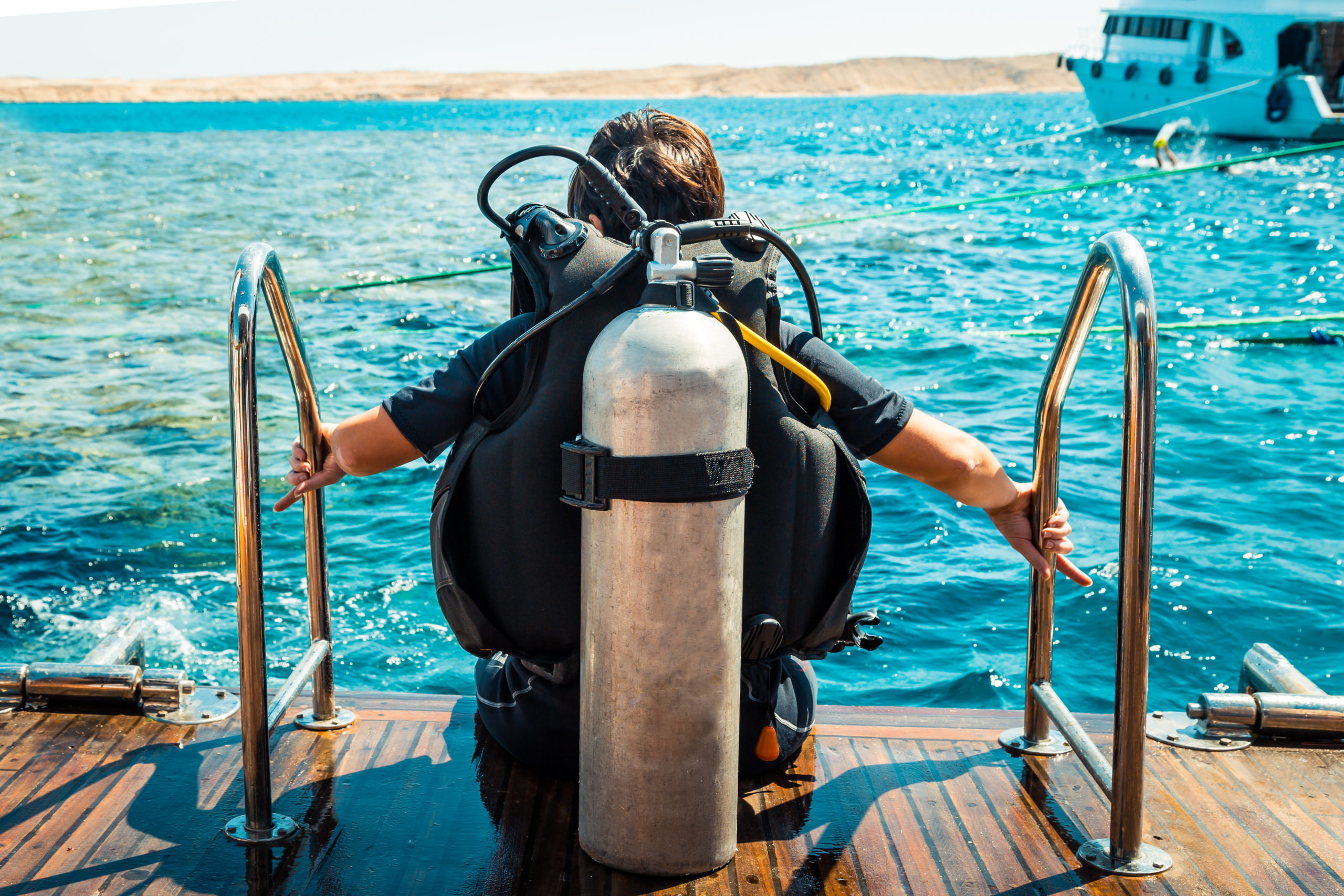
Commercial and Sport Dive
Trace Analytics offers the AirCheck✓™ Kit and laboratory services to all sport dive retailers and commercial dive sites.
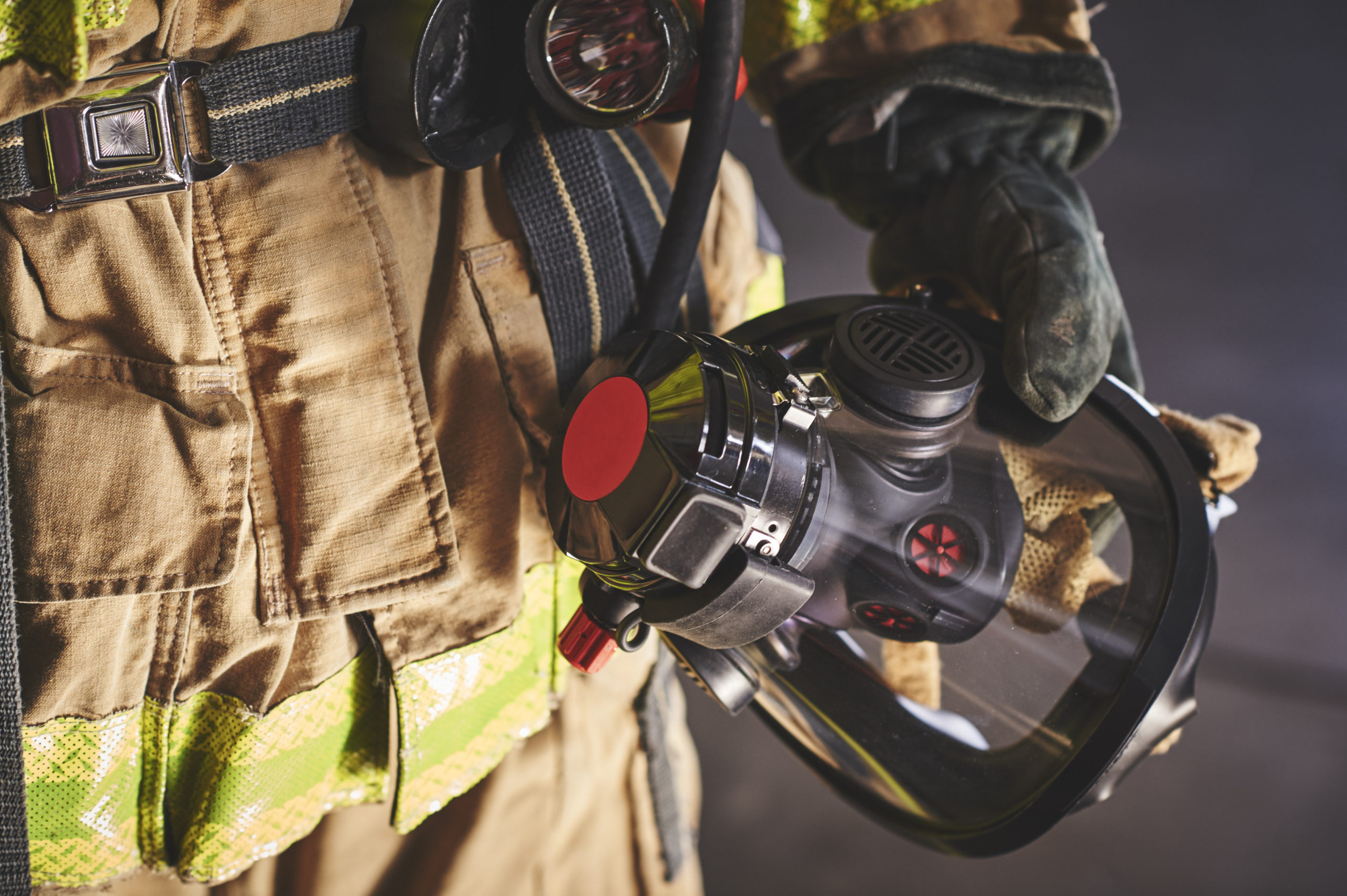
Fire/NFPA 1989
Test compressed breathing air to the NFPA 1989 Standard with an easy-to-use air testing kit and professional laboratory.
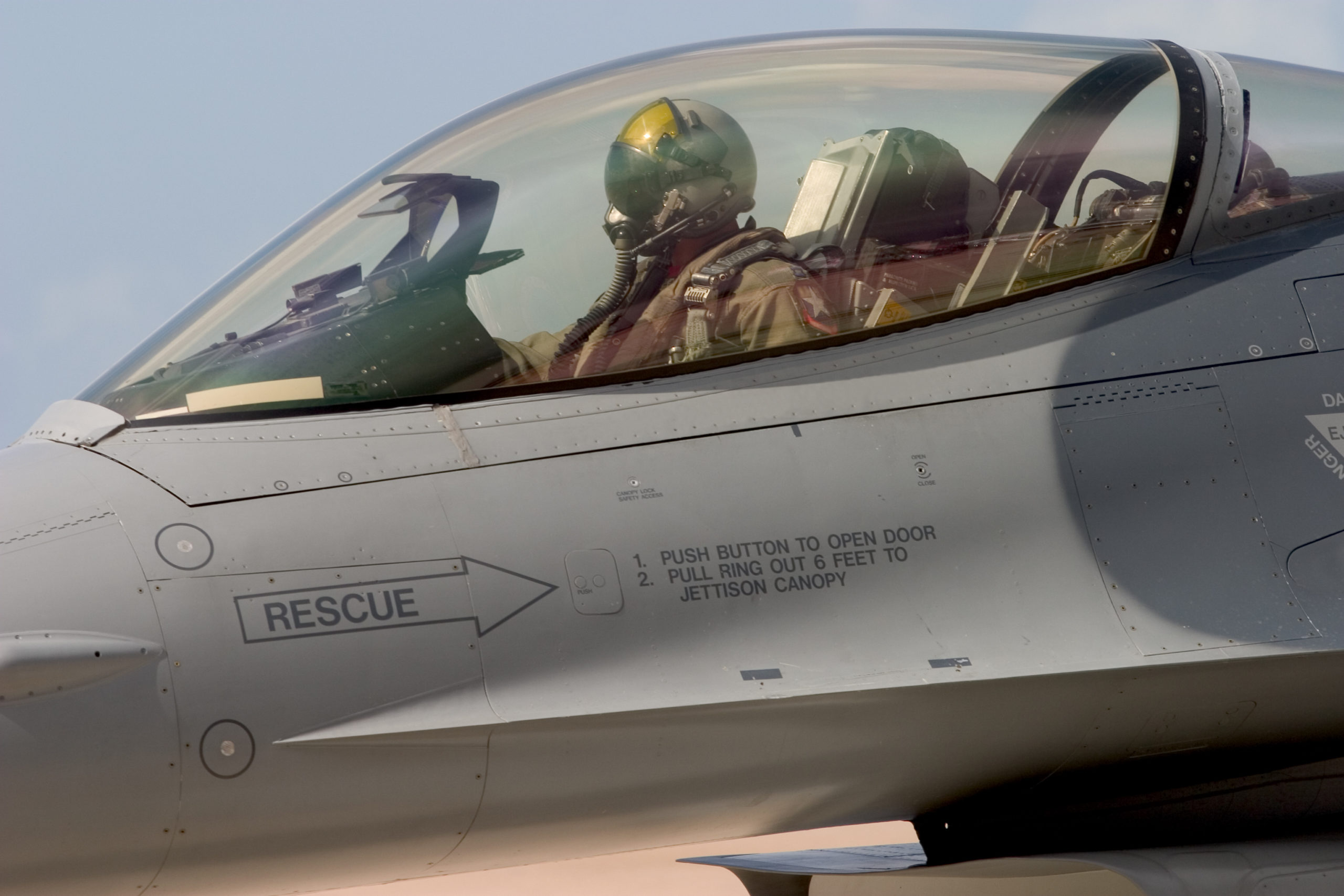
Government and Military
Breathing air testing for the United States military and government as well as international governing bodies.
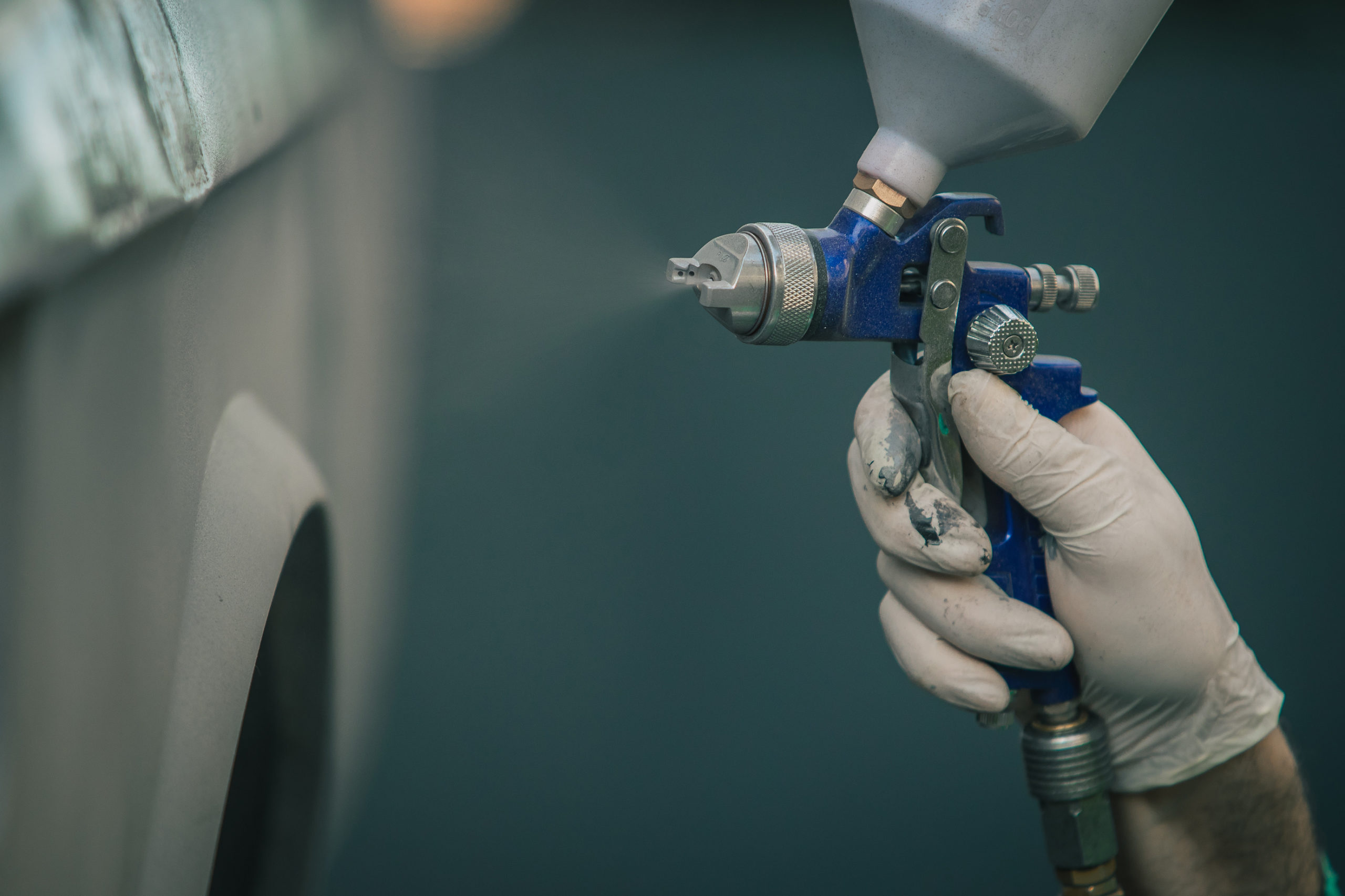
OSHA and General Industry
Meet breathing air requirements for compressed air used in welding, sandblasting, spray painting, chemical spill cleaning, and more.

Medical Air & Gas
Meet breathing air requirements for compressed air used in medical gas applications to meet NFPA99 requirements.
Why Choose Trace Analytics?
Accredited
Our A2LA accredited laboratory is an unbiased third-party laboratory with no financial interest in other compressed air products. The extensive quality control procedures at Trace’s lab ensures that you will receive quality data. Trace is an A2LA accredited laboratory complying with ISO 17025, certificate #0322-01.
Easy to Use Kits
The AirCheck✓ Kit™ is designed for use with compressed breathing air specifications requiring a dry dew point, such as ISO 8573, NFPA 1989, CGA, ISPE, and more. Other specifications are available. These kits are typically used by food, packaging, medical device, pharmaceutical, nuclear, scuba divers, fire departments and industrial breathing air facilities to test compressed air to meet their requirements.
Satisfaction
Compressed air has been our specialty since 1989 — our AirCheck✓™ Team of Experts has decades of experience in the specific field of compressed air and environmental analyses, testing, and troubleshooting. Excellent customer service, and the desire to provide a more efficient and accurate testing experience, have been the backbone of our company since 1989 — and still hold true today. We pride ourselves on the level of customer service we provide — it is the core of our relationship with all of our customers.

Testing Made SimpleAccurateEasy
Trace Analytics’ laboratory is accredited by the American Association for Laboratory Accreditation. We use state-of-the-art lab equipment that allows us to analyze hundreds of compressed air and environmental samples daily. The result is consistency, accuracy, precision, and rapid turnaround. Trace is an A2LA accredited laboratory complying with ISO 17025, certificate #0322-01.


